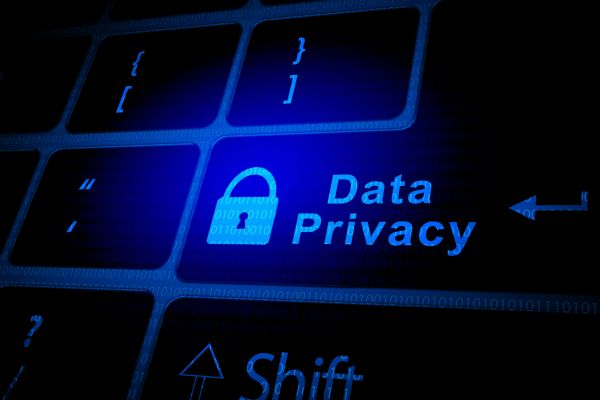In today’s hyperconnected world, data has become the lifeblood of businesses and individuals alike. From financial records to personal information, the data we handle daily is both valuable and vulnerable. Unfortunately, this vulnerability has made data breaches a common and costly threat. Understanding how to prevent data breaches is no longer optional; it’s an essential skill for protecting your digital assets and maintaining trust in a digital ecosystem.
The Growing Threat of Data Breaches
Cybersecurity incidents have surged in recent years, and data breaches now make headlines with alarming regularity. Companies of all sizes, from global corporations to small startups, are potential targets. Hackers and cybercriminals employ increasingly sophisticated methods to infiltrate systems, exploit vulnerabilities, and steal sensitive information. The impact can be devastating—loss of customer trust, financial penalties, and in some cases, irreversible damage to reputation.
The key to staying ahead of these threats lies in adopting a proactive approach. By understanding the causes of data breaches and implementing preventative measures, organizations and individuals can significantly reduce their risk.
Understanding How Data Breaches Happen
To effectively prevent data breaches, it’s crucial to first understand how they occur. Most breaches result from a combination of technical weaknesses and human errors. Common attack vectors include phishing scams, malware infections, weak passwords, and outdated software systems. Even something as simple as an employee accidentally sending sensitive data to the wrong recipient can lead to a serious breach.
Moreover, with the rise of remote work and cloud computing, the attack surface has expanded. Devices connected to unsecured networks, poorly configured cloud services, and lack of proper access controls can all contribute to a compromised system.
Building a Strong Defense Against Data Breaches
Preventing data breaches requires a multi-layered defense strategy. It starts with cultivating a culture of cybersecurity awareness. Employees should be trained to recognize suspicious emails, avoid clicking on unknown links, and follow safe data handling practices. Human error is often the weakest link in cybersecurity, making education and vigilance vital.
Equally important is the implementation of robust technological safeguards. Regular software updates and patch management ensure that vulnerabilities are addressed promptly. Firewalls, intrusion detection systems, and encryption add critical layers of protection. Encryption, in particular, makes stolen data unreadable to unauthorized users, acting as a last line of defense.
Strong password policies and multi-factor authentication further limit unauthorized access. Instead of relying on simple or reused passwords, users should adopt complex passphrases and secure password managers. Multi-factor authentication adds an extra verification step, making it significantly harder for attackers to gain entry even if credentials are compromised.
The Role of Data Access Controls and Monitoring
Not every employee needs access to all company data. Limiting access rights to only what is necessary for specific roles helps minimize potential exposure in the event of a breach. Role-based access controls ensure sensitive data remains restricted to authorized individuals.
Continuous monitoring of networks and systems also plays a crucial role. Detecting unusual patterns or unauthorized access attempts early allows organizations to respond swiftly and prevent escalation. Advanced threat detection tools can alert security teams to potential breaches before significant damage occurs.
Preparing for the Unexpected with Incident Response Plans
Even with the most stringent security measures, no system is entirely immune to attacks. This is why having a well-defined incident response plan is essential. Such a plan outlines the steps to take in the event of a breach, including how to contain the threat, assess the damage, notify affected parties, and restore normal operations.
Preparation reduces panic and ensures a coordinated response, which can dramatically minimize the impact of a breach. Regularly testing and updating the plan keeps the organization ready to act effectively under pressure.
Staying Ahead of Evolving Threats
Cyber threats are not static. Attackers constantly adapt their tactics, developing new methods to bypass defenses. To stay ahead, organizations must adopt a mindset of continuous improvement. Regular security audits, penetration testing, and staying informed about emerging threats and vulnerabilities help maintain a strong security posture.
Partnering with cybersecurity experts and investing in advanced security solutions can further strengthen defenses. As technology evolves, so too must the strategies for protecting sensitive information.
A Secure Future Starts with Action
Learning how to prevent data breaches is not merely a technical challenge—it’s a commitment to safeguarding trust and ensuring the integrity of digital systems. By combining employee education, strong technical safeguards, vigilant monitoring, and a proactive security culture, organizations and individuals can create formidable barriers against cyber threats.
In an era where data is one of the most valuable assets, taking decisive steps today to prevent breaches is an investment in a secure and resilient future. The cost of prevention is far less than the price of recovery, making cybersecurity not just a necessity, but a responsibility.







